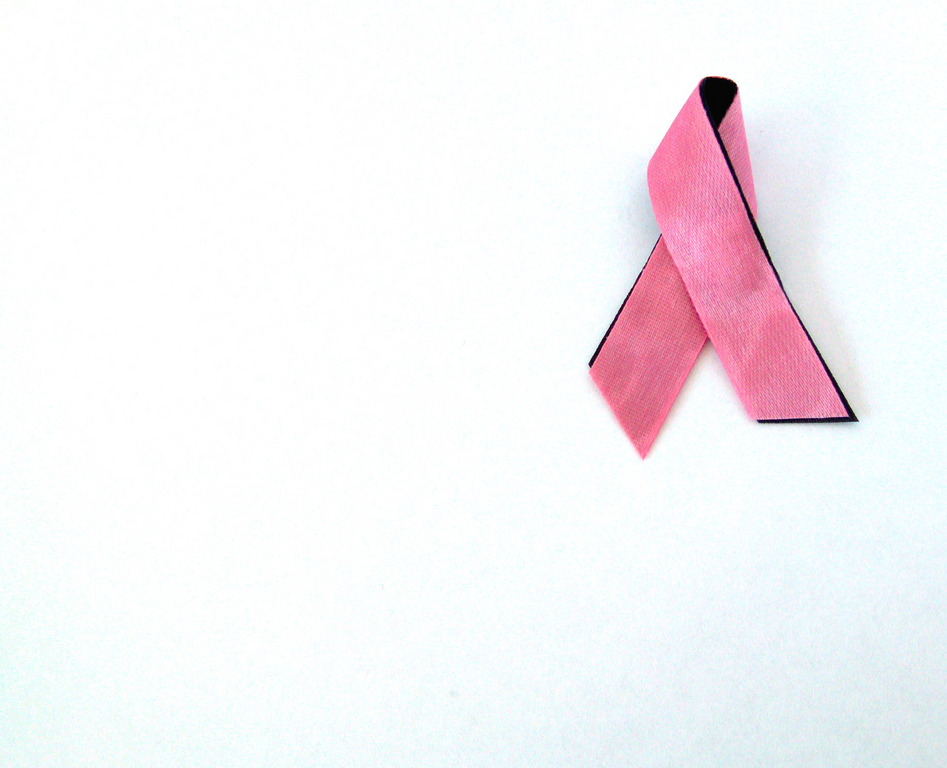Your health: Breast cancer awareness and prevention
New study focuses on Jewish women
By Malka Eisenberg
Issue of Nov. 7, 2008 / 9 Cheshvan 5769
New research from New York University — the Jewish Women’s Breast and Ovarian Cancer Genetics Study — will be analyzing DNA samples of older Jewish women across the United States to determine why they did not develop breast or ovarian cancer with an eye to prevention. This is a study highlighting research into breast cancer, a disease that, according to the National Cancer Institute, will strike one in eight women in their lifetime, or 12.7 percent.
On the other hand, the study found that the “the chance that they will never have breast cancer is 87.3 percent.”
October marked National Breast Cancer Awareness month and there is much that can be done to make people more cognizant of the issue and help them employ preventative measures.
“It’s a cause that needs attention and affects everybody and they need to find a cure,” said Liz Gindea, a HAFTR parent and co-coordinator of HAFTR’s participation in the American Cancer Society’s Making Strides Against Breast Cancer Walk on Oct. 19 at Jones Beach. “It’s to raise awareness; I can’t imagine that everybody doesn’t know somebody who has had breast cancer.”
Current recommendations from the American Cancer Society and the National Cancer Institute call for women to begin monthly self screening exams beginning in their early 20s, both standing and lying down, yearly clinical exams from an internist, gynecologist or breast specialist and yearly or bi-yearly mammography beginning at age 40. Some also recommend an ultrasound along with a mammogram. Other tests include magnetic resonance imaging (MRI) and positron emission tomography (PET). If something abnormal is detected in any of these screening methods, further testing such as x-rays and possibly a biopsy is required. An abnormality could be a lump or hardening in or near the breast or the underarm, any change in the appearance of the breast and skin and any discharge or discomfort. A biopsy may take a sample of the suspect area or the entire lump. A pathologist will determine if the tissue is cancerous or not and its type.
If it is indeed cancer, decisions must be made. It is helpful to have a relative or friend come along for consultations; ask questions, get second opinions, take notes. The size, location and extent of the cancer as well as the age and health of the patient will determine the course of treatment. Options in surgery include lumpectomy, removing the cancer and some surrounding tissue, or mastectomy, removing all of the breast tissue. Lymph nodes may also be removed.
The patient will have to meet with a breast surgeon, a plastic surgeon for reconstruction, a medical oncologist for chemotherapy and a radiation oncologist for radiation therapy. The treatment required will be determined by a few doctors, depending on the staging of the tumor, its size and where the cancer has spread to. Other treatments include hormone therapy, such as tamoxifen that blocks estrogen, and biological therapy, such as trastuzumab, a monoclonal antibody that assists the immune system in its fight against cancer. A nutritionist and a genetic counselor may also be consulted. Some of the treatments have unpleasant side effects, such as nausea or hair loss. The patient should get sufficient rest, maintain a healthy diet and exercise to better cope with the treatment.
“Unfortunately cancer doesn’t always follow the rules,” said Dr. Elisa Kadish, a radiologist at Citron-Hammer Radiology, P.C., and former clinical assistant professor of radiology at Montefiore Medical Center and SUNY Downstate Medical Center. “The first rule is if someone has a first degree relative, mother, sister, daughter who was diagnosed premenopausally with breast cancer she must go [for a mammogram] 10 years before the age of diagnosis. You want to find it before it can be felt.”
If the cancer patient was diagnosed at age 42, then the relative should be screened at 32, she explained. Kadish said she would send a patient for an MRI since it “will often detect things hiding behind dense tissue.” It’s also recommended “to determine the extent of the disease,” she said. “No test is perfect,” she added, noting that reading the tests is “really an art.”
“A significant advance in the surgical evaluation of breast cancer is the use of Axillary Sentinel lymph node biopsy,” said Dr. Susan M. Palleschi, a Surgeon Specializing in Diseases and Surgery of the Breast affiliated with North Shore University Hospital, Long Island Jewish Medical Center and St. Francis Hospital. “This technique was first used in breast cancer in 1995, and has since been established as the standard of care in the evaluation of the axilla to determine if there is evidence of metastasis to the lymph nodes.”
With this technique, a combination of blue dye and radioactive tracer is used to identify the first lymph node or nodes that drain the breast. If they are negative for metastasis then the remainder of the axillary lymph nodes may be left in place, significantly reducing the potential risk for postoperative lymphedema, swelling of the arm, Palleschi explained. If the sentinel lymph node is “positive” for metastasis then the remainder of the lymph nodes will be removed.
“For women undergoing mastectomy,” continued Palleschi, in an e-mail, “immediate breast reconstruction by the plastic surgeon offers excellent cosmetic results with many added psychological and emotional benefits. The reconstructive options include a temporary saline filled tissue expander which is ultimately replaced with a permanent implant, versus a ‘flap’ reconstruction, whereby a patient’s native tissue is used to reconstruct the breast mound. Subsequently, the patient will undergo reconstruction of the nipple areola complex. The specific type of reconstruction performed will be determined by the recommendations of the plastic surgeon as well as by patient preference.”
Information beyond this basic overview of breast cancer is available from Sharsheret, the American Cancer Society, the National Cancer Institute at www.cancer.gov, the National Comprehensive Cancer Network and other organizations.









